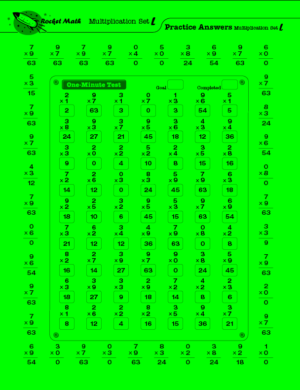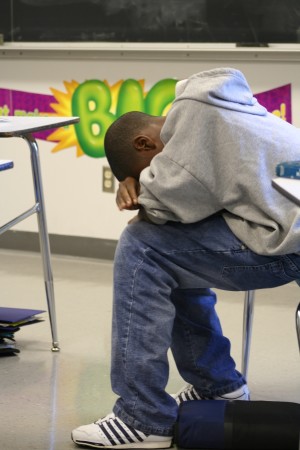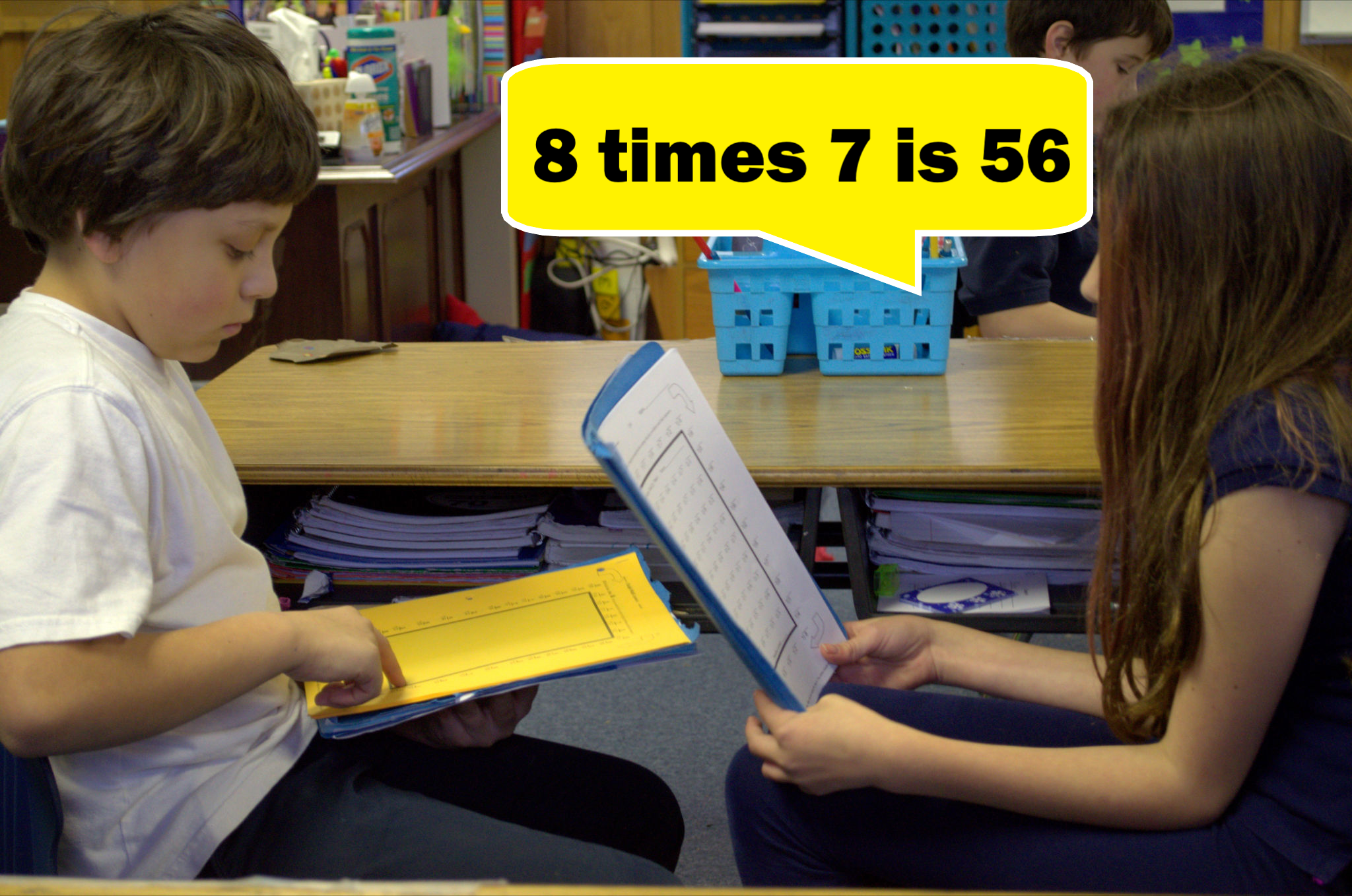I hear teachers calling their students “friends” quite commonly these days. While the use of the term “friends” is certainly harmless enough, it reminds me that there are extremely important distinctions between the way a person should treat friends and the way a teacher should treat students. I don’t want to stop teachers from calling their students “friends” but I do think it is critical for teachers to know why and how they should not treat their students as friends.
The main reason that teachers should not treat students as friends concerns expectations. With friends you’re nice to them and hope that makes them like you. Then if they like you, they will be considerate of your feelings and treat you well. Many beginning teachers expect that a classroom of students will be like a room full of friends. If you are unfailingly nice to them, they will in turn be considerate of you and attempt to acquiesce to your wishes. Unfortunately, this does not work. Why? Primarily because a teacher has to ask students to do things they’d rather not do and has to keep their attention on things to which they’d rather not pay attention. In short, teachers are authority figures rather than friends. Friends can get up and leave when they aren’t interested in what you’re doing, but students are required to stay. Therefore teachers must treat students differently than they treat friends.
The first way that treating friends and students should be different concerns how a teacher reacts to student academic errors. When a student answers a question incorrectly it shows they have a misunderstanding. For example, a student says that the sun orbits around the earth. That misunderstanding needs to be corrected to set the student “straight.” A teacher who allows a student to continue with a misunderstanding is doing that student a disservice. Errors should be corrected immediately, in a nice way, but as clearly as possible. For example, the teacher says that although it appears as if the sun rotates around the earth, actually the earth orbits around the sun. A good teacher may even take the opportunity to model how a spinning globe creates the illusion that the distant sun is going around us. The student should be taught/told the correct understanding in as unequivocal a manner as possible and the teacher needs to check to be sure that the student learned the correct information both immediately after the correction and a few minutes later to see that the correct answer is retained.
When a friend makes a factual error, it is socially expected that you will not make a big deal of it. It is socially inept to clearly and loudly correct errors of fact among friends. At best one can simply not confirm an incorrect statement, but pointing it out as incorrect is just rude. Teachers who treat their students as friends will make light of or gloss over errors, and they fail to teach students as a result.
Another way treating friends and students should be different concerns how a teacher reacts to student behavior. Teachers need to learn to “catch ‘em being good.” Teachers should look for students who are doing the right thing and should praise/recognize them by name, make eye contact and name the behavior they are doing that is exemplary. “Alan has his desk clear, his textbook out and he’s ready to start learning. He’s looking ready for college.” Praising and recognizing appropriate behavior in the classroom helps prompt other students towards what they should be doing as well as reinforcing Alan. It sends the signal of the behaviors the teacher values in the classroom and teaches students what’s expected. At the same time the teacher should deliberately not give any attention to students who are not doing the right thing, who have not gotten ready to start.
With friends we are expected to give non-contingent attention. We give them love and attention because of who they are, not based on how they behave. One doesn’t turn away from a friend and deliberately pay attention and begin talking to someone across the room because you approve of their behavior more. If you did that it would be too rude to your friend and it might hurt your friendship. Instead, if your friend misbehaved at a party you would begin by attending to your friend, to see what’s wrong, or find out what you can do for them. That attention reinforces your friendship and proves you’re a good friend. In a classroom, teachers who respond to misbehavior as they would to a friend end up reinforcing the inappropriate behavior and they get a lot more misbehavior from all of their students.
There is a role for non-contingent reinforcement of students. They need to know that the teacher cares about them as people. The time for that is at neutral times when the student is not misbehaving, such as when entering the classroom, out on the school grounds not during class, or even when circulating the room. Giving appropriate and friendly social attention to the student at times when they aren’t in crisis or off-task helps create good relationships within the classroom and is valuable. In that circumstance “friends” is just what is wanted.
A third and final way that teachers should not treat students as friends is when students break the rules. To establish order in a classroom there needs to be rules and consequences for rule-breaking. Consequences need not be major or draconian, but they do need to be applied consistently. If a teacher says, “Wait to be called on before you speak,” the teacher needs to not answer or engage with students who call out without raising their hand and waiting. The teacher should ignore the student calling out and call on someone who raised their hand. That needs to be consistently applied, no matter who the student is who calls out. Students only learn to follow the rules when the consequences are consistent.
I wouldn’t recommend treating friends in this manner. If friends blurt out and interrupt your turn speaking, we generally tolerate it. When a friend breaks a rule, we don’t apply consequences. We might complain to them. We hope that our friendship will cause them to re-examine their behavior, but we’d rather “ask” them not to do it than apply swift consequences. That is because we are ultimately not authority figures with our friends. But teachers are authority figures and they therefore have to treat their students differently than they would treat their friends. As long as teachers understand this, they can certainly call their students “friends.”










